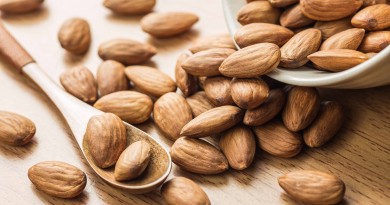How to increase good cholesterol (HDL)
Higher levels of HDL, good cholesterol, in the blood may indicate that it’s healthier.
Yet not long ago, the only concern of those who measured their blood cholesterol levels were the adverse effects that could affect health, overlooking a little HDL cholesterol levels.
We now know that it is important to measure the levels of both types of cholesterol. The bad, or LDL, must have low levels, but it is also important that the good, HDL, report high levels of blood circulation. This is justified by the fact that the good, responsible for cleaning the fat molecules that build up in the arteries and blood vessels.
HDL levels below 40 milligrams per deciliter of blood, resulting in increased risk of heart disease, while levels above 60 mg/dl may protect you from risk of developing them.
To increase levels of HDL in the blood is necessary to increase the amount of LPL enzyme: it destroys the triglycerides and increase HDL in the blood.
Adopt a healthy lifestyle can increase the production of this enzyme, such as:
Practice exercise
Especially aerobic activities practiced regularly. The LPL enzyme has been identified in many of the individuals that were essentially aerobic exercise lasting at least 20 minutes.
Lose weight
Start eating healthily will make you lose weight and consequently increase your levels of HDL cholesterol in the blood.
Banish fats
In this case the harmful fats and especially trans present in processed foods and reduce good cholesterol levels.
Use “good” fats
Regular intake of monounsaturated fats, such as olive oil can increase your HDL levels.
Fibers
Some diet rich in vegetables fiber or vegetables help to increase the presence of HDL in the blood.
Consult a cardiologist
There are medications that can be taken that indirectly increases the HDL cholesterol. Ask your cardiologist.







